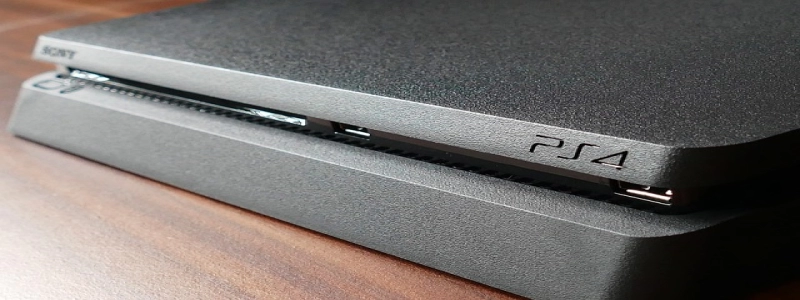[Single Pair Ethernet Speed]
Introduction:
In today’s fast-paced world, where connectivity is crucial for various applications and devices, the demand for high-speed internet and data transfers is ever-increasing. Ethernet technology has long been the standard for local area networking (LAN), providing reliable and high-speed connectivity. The latest development in Ethernet technology, known as Single Pair Ethernet (SPE), has taken the industry by storm, offering immense potential for addressing the growing demand for high-speed data transmission.
I. What is Single Pair Ethernet?
SPE, as the name suggests, refers to the use of a single pair of twisted copper cables for Ethernet transmission, as opposed to the traditional use of four pairs of cables. This new standard, defined by the international standardization bodies, primarily comprises two key technologies, namely, Power over Data Line (PoDL) and Single Pair Ethernet PHYs (SPE-PHY).
II. Advantages of Single Pair Ethernet:
1. Smaller Cable Size: Compared to traditional Ethernet cables, SPE uses a much smaller cable size due to the reduced number of twisted pairs required. This enables easier installation in tight spaces and allows for increased flexibility in design.
2. Cost Efficiency: With fewer cables needed, the cost of implementing an SPE infrastructure is significantly reduced. Additionally, SPE allows for longer distances between devices, eliminating the need for multiple switches or repeaters, thus leading to further cost savings.
3. Power and Data Transmission: SPE enables the transmission of both power and data on the same cable, using the PoDL technology. This eliminates the need for separate power cables, simplifying installation and reducing complexity. It also opens up possibilities for powering devices in remote or hard-to-reach locations.
4. High-speed Transmission: Despite the use of a single pair of cables, SPE can achieve data transmission speeds of up to 1 Gbps, making it suitable for a wide range of applications, including industrial automation, automotive, Internet of Things (IoT) devices, and more.
III. Applications of Single Pair Ethernet:
1. Industry 4.0: SPE is poised to revolutionize industrial automation, enabling seamless connectivity and high-speed data transfer between machines, sensors, and controllers. Its cost-effective nature makes it an ideal solution for the large-scale deployment of IoT devices in factories, enhancing efficiency and productivity.
2. Automotive Industry: SPE finds great utility in the automotive sector, where the demand for reliable and high-speed connectivity is essential for advanced driver assistance systems (ADAS), infotainment systems, and smart charging solutions. Its smaller cable size and power transmission capabilities make it an ideal solution for next-generation vehicles.
3. Building Automation: With the increasing adoption of smart building technologies, SPE offers a cost-effective solution for connecting various systems within a building, such as lighting, HVAC, security, and surveillance. The ability to transmit power and data over a single cable simplifies installation, reduces costs, and improves overall system efficiency.
Conclusion:
Single Pair Ethernet represents a significant advancement in Ethernet technology, addressing the need for high-speed connectivity in various industries and applications. With its smaller cable size, cost efficiency, power, and data transmission capabilities, it is poised to become the next standard for Ethernet networking. As more devices become interconnected and data requirements continue to grow, SPE offers a reliable, cost-effective, and future-proof solution for meeting the demands of the digital era.







